Revealed: The best pasta shape for holding sauce – so, how does your favourite stack up?
>
With its simple combination of ingredients and high nutritional value, it’s no surprise that pasta is one of the most popular foods in the world.
Although its history dates back thousands of years, the age-old question still stands: What pasta shape is best for keeping sauce?
To celebrate World Noodle Day, MailOnline turned to online AI tool ChatGPT for the answer, and came up with some controversial results.
At the top of the list was cascatelli, a relatively new pasta from America with a curved shape and distinctive ruffles, deliberately designed to hold sauce.
Also in the top six are spaghetti, penne and ‘tie’ pasta – but one expert says a lot depends on the type of sauce too.
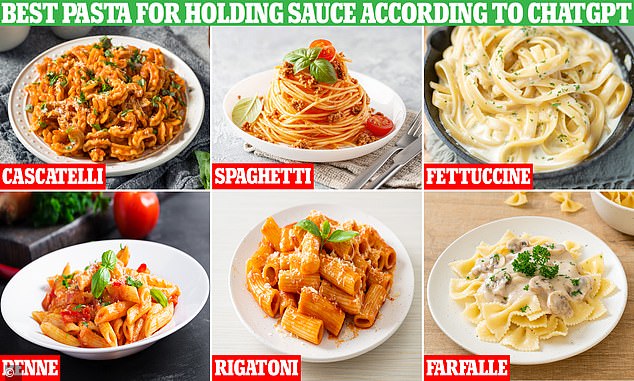
According to ChatGPT, the best pasta for preserving sauce is cascatelli, a relatively new invention from the United States
‘Creamer sauces usually suit a wider, flatter shape,’ Dr Emma Beckett, a food and nutrition scientist at Newcastle University in Australia, told MailOnline.
“Oil-based sauces are usually suited to thin pasta that is longer or twisted so that the thin sauce sticks.
“The hollow centers are for soups, thinner sauces or baked dishes, or larger ones work well with thicker, heartier sauces as well.
“Some people are very strict about what type of pasta goes with what sauce, but it’s okay to experiment to find your favorite.”
Cascatelle roughly translates from Italian to mean “small waterfalls,” and a look at the strange shape reveals why.
The unique design consists of a flat but curved strip with ruffles on the sides, creating what is described as a “sauce basin” with baffles.
But this is not an Italian innovation; Cascatelli was invented in 2021 by American food broadcaster Dan Bachman with the express goal of preserving sauce better.
He worked with US pasta company Sfoglini to produce the product, which in the UK is mainly available online and is difficult to find in supermarkets.
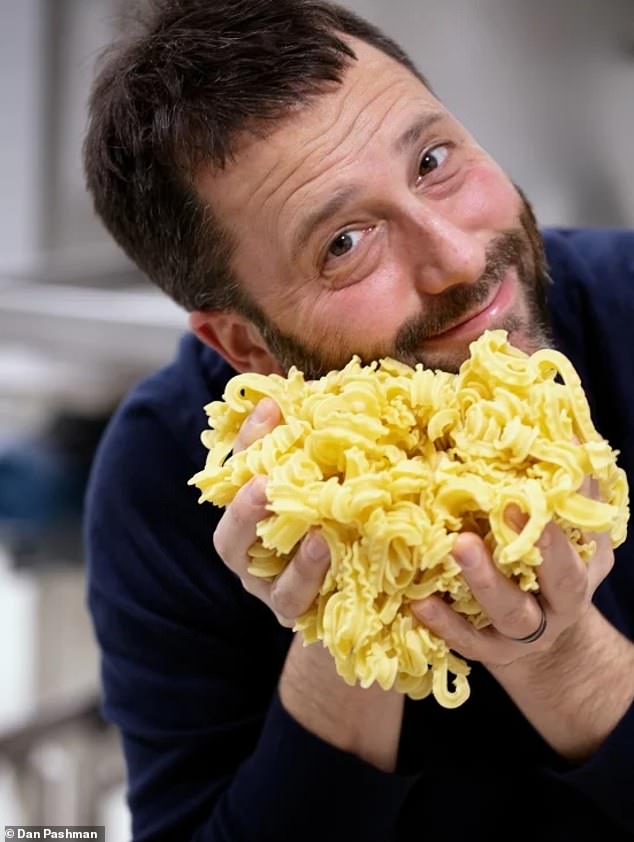
Cascatelle (pictured) was invented in 2021 by American podcast host Dan Bachman (pictured). The name roughly translates from Italian as “small waterfalls”
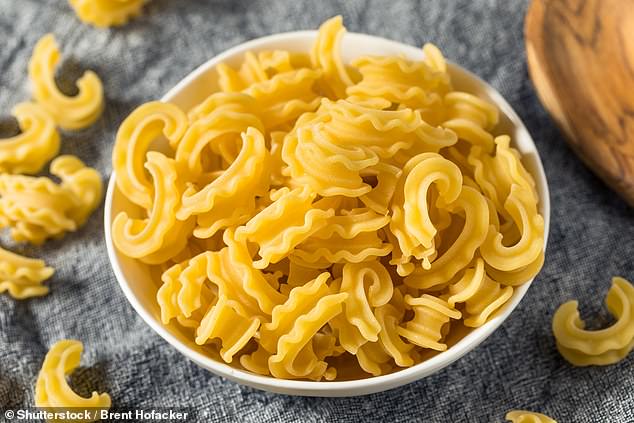
Cascatelle (pictured) was invented in 2021 by an American podcast host. The name roughly translates from Italian as “small waterfalls”
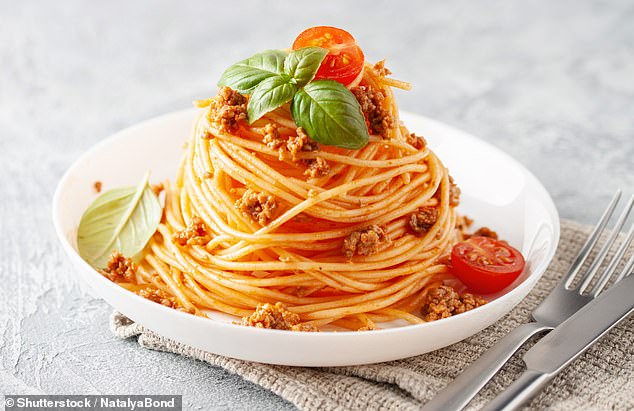
Surprisingly, despite its slim profile and noticeable lack of notches, spaghetti was placed second on ChatGPT’s list
“My goal was to create a legally cool format that would stand the test of time and could be mass-produced and sold,” Mr. Bachmann said. inverse.
According to Bachmann, Cascatelli also has excellent “fork-ability” (which means it’s easy to reach with the fork and keep it there) and “tooth-ability” (biting into it is satisfying).
Surprisingly, despite its slim profile and noticeable lack of notches, Spaghetti was placed second on ChatGPT’s list.
The chatbot said the long threads are “perfect for wrapping around sauce and sticking to it” and the shape “creates an excellent surface area for the sauce to stick to.”
Next up was fettuccine, which means “little ribbons” in Italian, which is long just like spaghetti but has a wider, flatter surface.
Fettuccine also has a rough texture, which helps the sauce stick to the pasta, preventing it from slipping, as well as a thickness that allows it to absorb a lot of moisture.
The British favorite, penne, came in fourth place, followed by rigatoni – both of which are cylindrical and thus provide a small slit to hold the sauce inside.
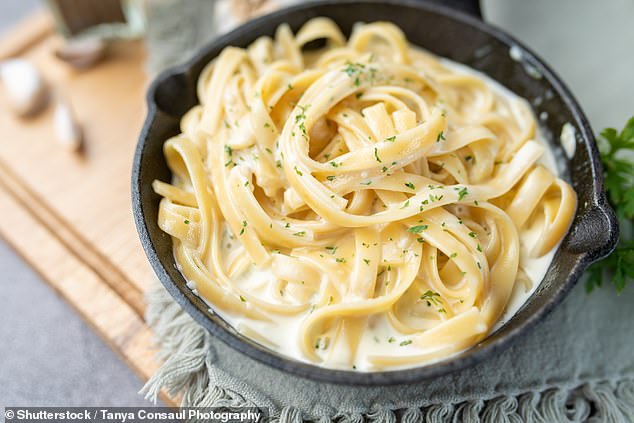
Fettuccine (pictured) is the name of a thick, flat pasta that is generally the same length as spaghetti. The name means “little ribbons” in Italian
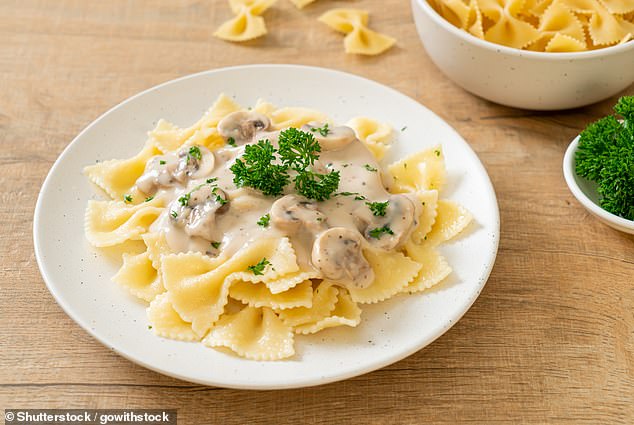
Farfalle pasta, or bow-tie pasta, has a unique design that “captures light sauces and is often used in pasta salads.”
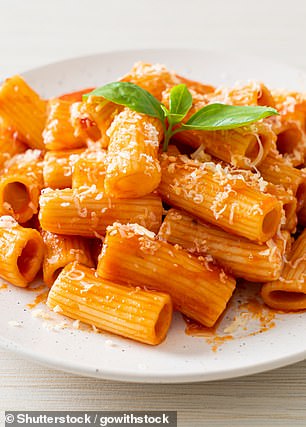
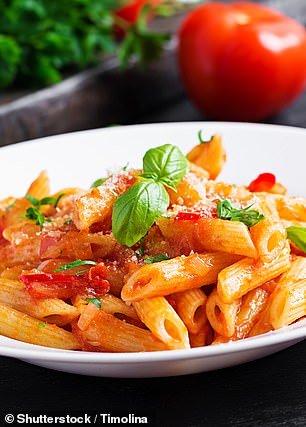
Penne and rigatoni are both cylindrical and thus provide a small slit to keep the sauce inside
They also have small ridges lining the outside, which act as platforms for small pieces and increase the surface area to absorb the sauce.
Last on the list was farfalle, which resembles bows or butterfly wings, and which ChatGPT said has a unique design that “captures light sauces and is often used in pasta salads.”
Special mention was also made of orecchiette, which means “little ears” in Italian, a concave pasta good for scooping thick, chunky sauces.
While it is widely believed that pasta came from Italy, many claim that it actually originated in China, although there are many Italians who doubt this.
According to legend, the Venetian merchant Marco Polo brought it back to Italy after his visit to the Asian country in the thirteenth century.
Archaeologists have also found evidence suggesting that Central Asians may have been eating noodles thousands of years ago.
(Tags for translation)dailymail
